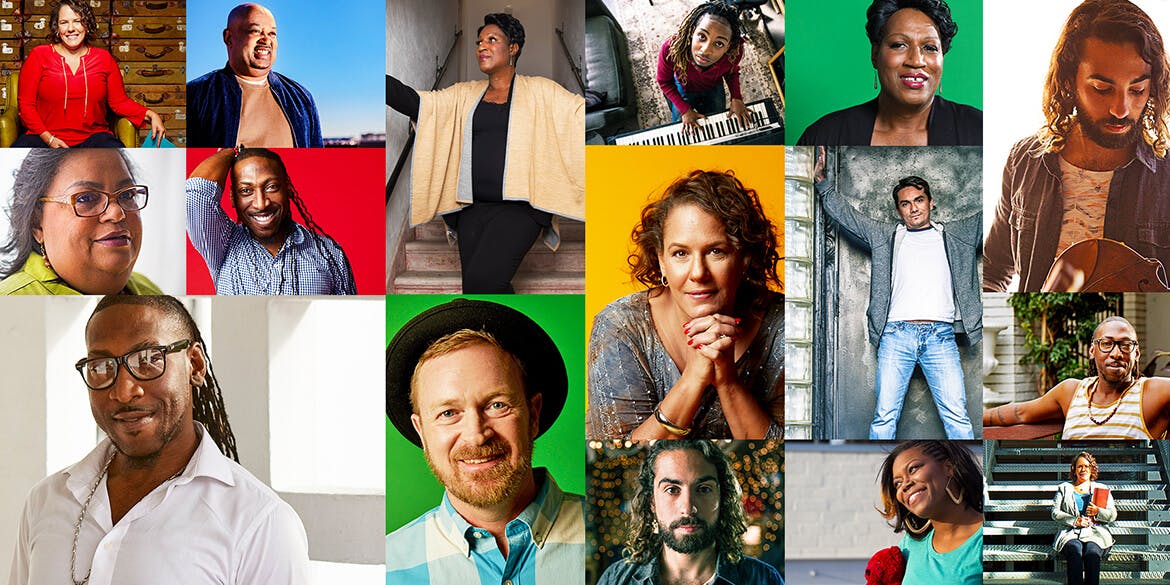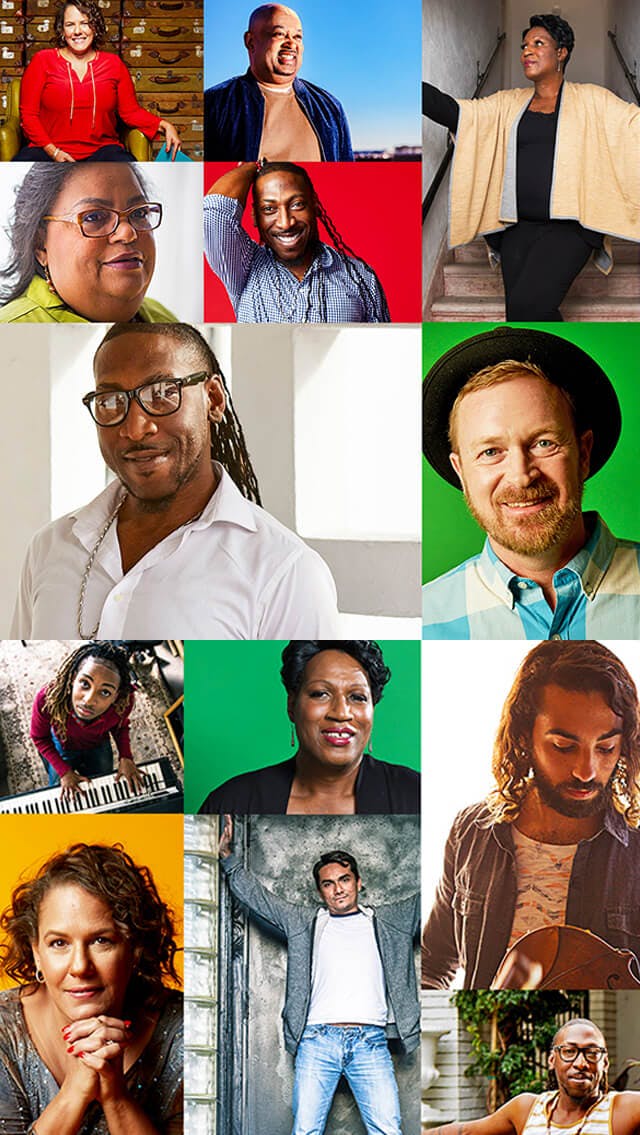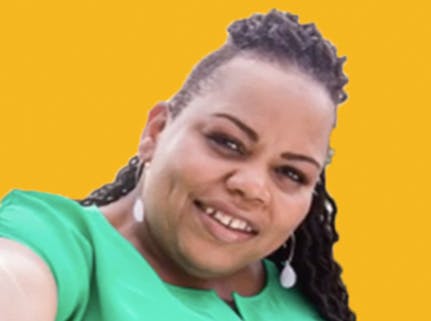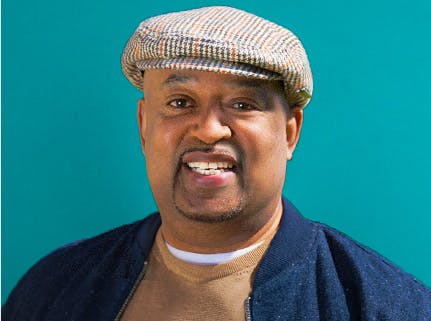

HIV doesn’t care what age, sex, or ethnicity you are—it affects so many of us.
In 2021, there were 36,136 new diagnoses in the United States. In this group:
52% were in the South, followed by 20% in the West.1*
While getting tested for HIV remains critically important, a more spread out population in these areas can make access to care challenging.
Consider easier ways to connect, like telehealth. Or use this resource finder to locate HIV support near you.
Also, learn how professionally trained ASOs can help people living with HIV get community support and medical assistance, as well as the basics—like food and shelter.
*Data for 2021 should be interpreted with caution due to the impact of the COVID-19 pandemic on access to HIV testing, care-related services, and case surveillance activities in state/local jurisdictions.
20% were women.1
Many women put the needs of others before their own. If you’re a woman living with HIV, it’s also important to make your own healthcare needs a priority.2 Work with your healthcare provider to help manage your HIV.
To hear about other women with HIV, visit Positive Women’s Network.
This episode of ViiV Healthcare’s award-winning podcast, Being Seen, spotlights the role of responsibility in the lives of Black women.
29% were Latinos.1
The stigma that sometimes comes with an HIV diagnosis can be particularly challenging for Latinos to deal with. While it may be tempting to shut down and keep information to yourself, it’s important to share your HIV status with somebody who can help make a difference.3 Work with a healthcare provider who understands your challenges and can help you manage your HIV.
For more information on Latinos and HIV, visit the Latino Commission on AIDS.
This episode of ViiV Healthcare’s award-winning podcast, Being Seen, features inspiring voices from the Afro-Latinx community.
2% were transgender people.1
When it comes to managing HIV with antiretroviral therapy (ART), research shows that transgender women are less likely to be on treatment.1 Whether you’re a transgender woman or man, it’s important to find a doctor who understands your unique challenges.
For helpful information and support, visit Transgender Law Center.
This episode of ViiV Healthcare’s award-winning podcast, Being Seen, explores the transmasculine experience.
52% of people living with diagnosed HIV were 50 or older.1
Because of the antiretroviral treatments available, a growing number of people living with HIV are now older. And as people with HIV get older, HIV can make the typical conditions of aging (like memory loss or heart disease) worse. Make sure your healthcare provider knows if you have other conditions and what medications you take for them.
For more helpful information, visit Advocacy & Services for LGBTQ+ Elders (SAGE).
If you’re living with HIV, you can find the support and assistance you need. Connect with your local HIV community and learn who you can turn to for support.
- Centers for Disease Control and Prevention. HIV Surveillance Report, 2019; vol. 32. www.cdc.gov.
- U.S. Department of Health and Human Services. https://www.womenshealth.gov.
- U.S. Department of Health and Human Services. https://www.HIV.gov.
HOW ARE YOU LIVING A POSITIVE LIFE?
Watch what these individuals have to say:

Daniel

Crystal

Robert
Find HIV resources in your area.
HVUWCNT

